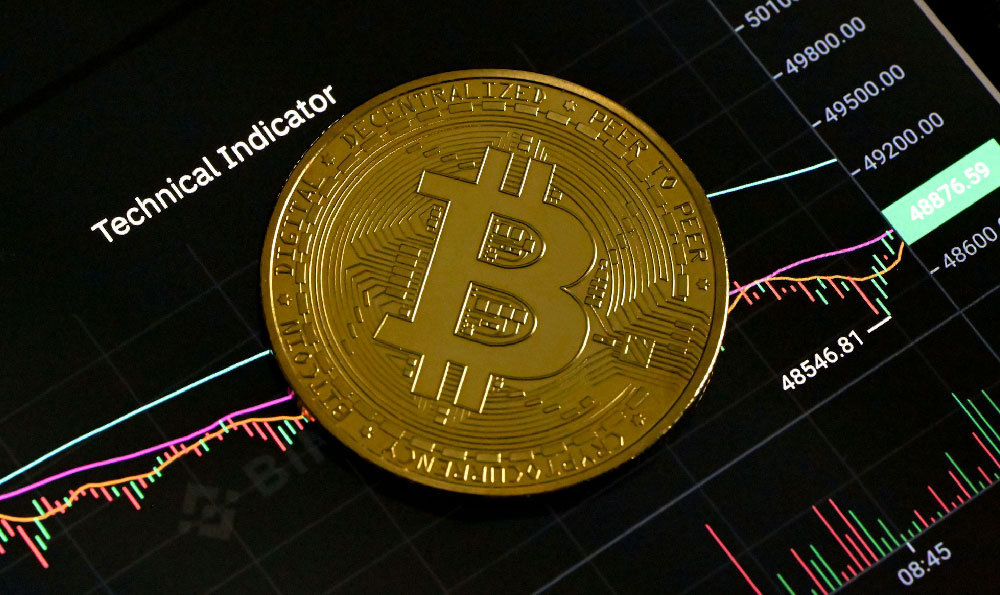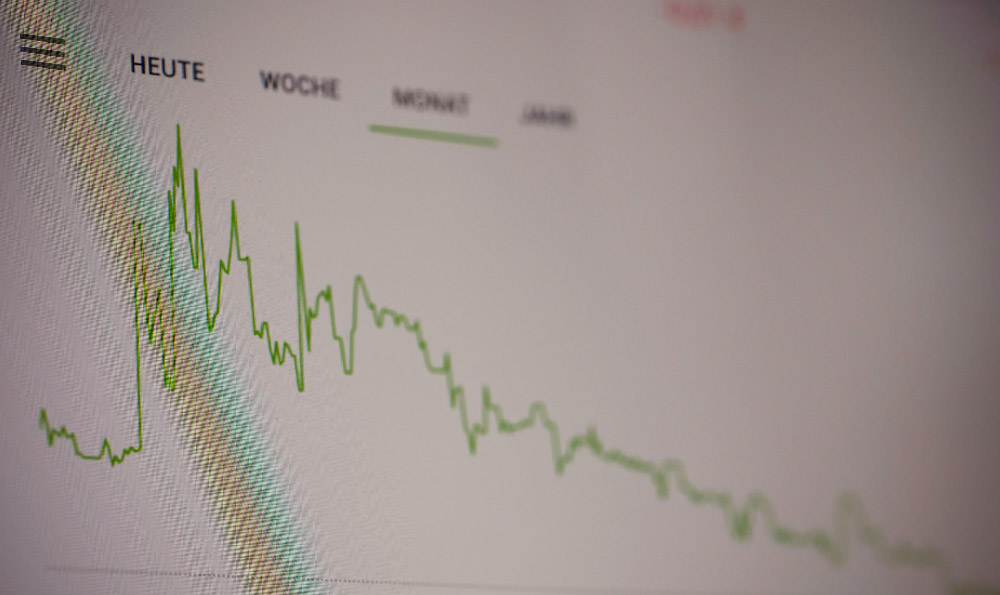The question of how much it costs to produce a single penny is deceptively complex. It’s not simply a matter of the metal used, although that plays a significant role. The true cost encompasses raw materials, manufacturing processes, distribution, and the overall overhead of the United States Mint. When that cost consistently exceeds the face value of the penny, the question of whether its production is worthwhile becomes incredibly pressing, and demands a careful examination of the benefits, drawbacks, and potential alternatives.
The United States Mint meticulously tracks the cost of producing each denomination of coin. This cost is not static; it fluctuates based on commodity prices, particularly the cost of zinc and copper, which are the primary metals used in penny production. For many years, the cost of producing a penny has been more than one cent. This situation arises because the raw materials, primarily zinc, and the energy and labor required to mint, package, and distribute the coins add up to more than their nominal value. The Mint publishes an annual report detailing these costs, and these reports consistently reveal a loss on penny production.
Beyond the simple cost of materials and production, we need to consider the broader economic impact. The process of manufacturing any product, including a penny, consumes resources. Mining the raw materials requires energy and can have environmental consequences. The minting process itself uses electricity and water. The transportation of pennies from the Mint to banks and businesses requires fuel. These factors contribute to the overall carbon footprint of the penny. When the cost of production exceeds the face value, this means that, economically, the nation is expending more resources than it receives in return for each penny produced.

However, the economic equation isn't solely about direct production costs. A crucial aspect to consider is the continued public demand for pennies. Many argue that the penny, despite its low value, serves a psychological function. Its presence in transactions provides a sense of completeness and can contribute to perceived fairness in pricing. While digital payment methods are increasingly popular, cash transactions still represent a significant portion of economic activity, and pennies play a role in those transactions. Removing the penny could necessitate rounding prices to the nearest nickel, which some fear would disproportionately impact lower-income individuals.
Furthermore, there is an argument that the penny has a sentimental value, and that its existence is part of the nation's history and identity. Some argue that retaining the penny, even at a loss, is a worthwhile cost to preserve a small piece of that heritage. This argument is subjective and depends on individual values and perspectives.
The alternatives to producing pennies are varied, and each has potential consequences. The most straightforward option is simply to eliminate the penny altogether, as several other countries have done with their lowest-value coins. This would require a legislative decision and a public education campaign to inform people about the change. It would also require adjustments to pricing and cash registers to accommodate transactions without pennies. The effects of rounding on prices are widely debated, but studies have shown that rounding typically has a negligible impact on overall inflation.
Another alternative would be to change the composition of the penny to use cheaper materials. This has been considered in the past, but any change in composition would need to be carefully evaluated to ensure that the new penny would be compatible with existing vending machines and other coin-operated devices. It would also need to be durable and resistant to corrosion.
A third option is to reduce the number of pennies produced. This could be achieved by limiting the distribution of pennies to certain areas or by encouraging businesses to round prices to the nearest nickel. However, this approach might not be very effective, as people could still request pennies from banks or use them from existing hoards.
So, is it worth it to continue producing pennies when the cost exceeds their face value? There is no easy answer. The decision depends on a complex weighing of economic, environmental, and social factors. The cost of production is undoubtedly a significant concern, as it represents a direct loss to the government. However, the penny also serves a purpose in the economy and has a certain cultural significance.
A careful analysis of the costs and benefits, along with a consideration of the potential alternatives, is necessary to make an informed decision about the future of the penny. The debate over the penny is likely to continue for some time, as there are strong opinions on both sides of the issue. Ultimately, the decision will be made by policymakers, who will need to consider the interests of all stakeholders, including taxpayers, businesses, and consumers. They must consider the economic realities, the environmental impact, and the cultural significance of this small, often overlooked, coin. Failing to account for any of these considerations could have unintended, and potentially negative, consequences for the nation.











